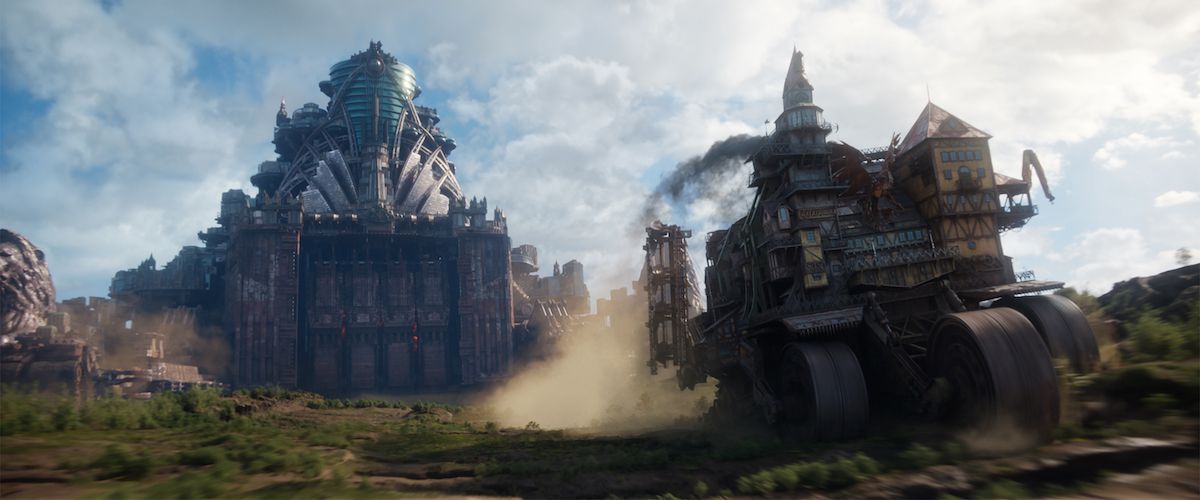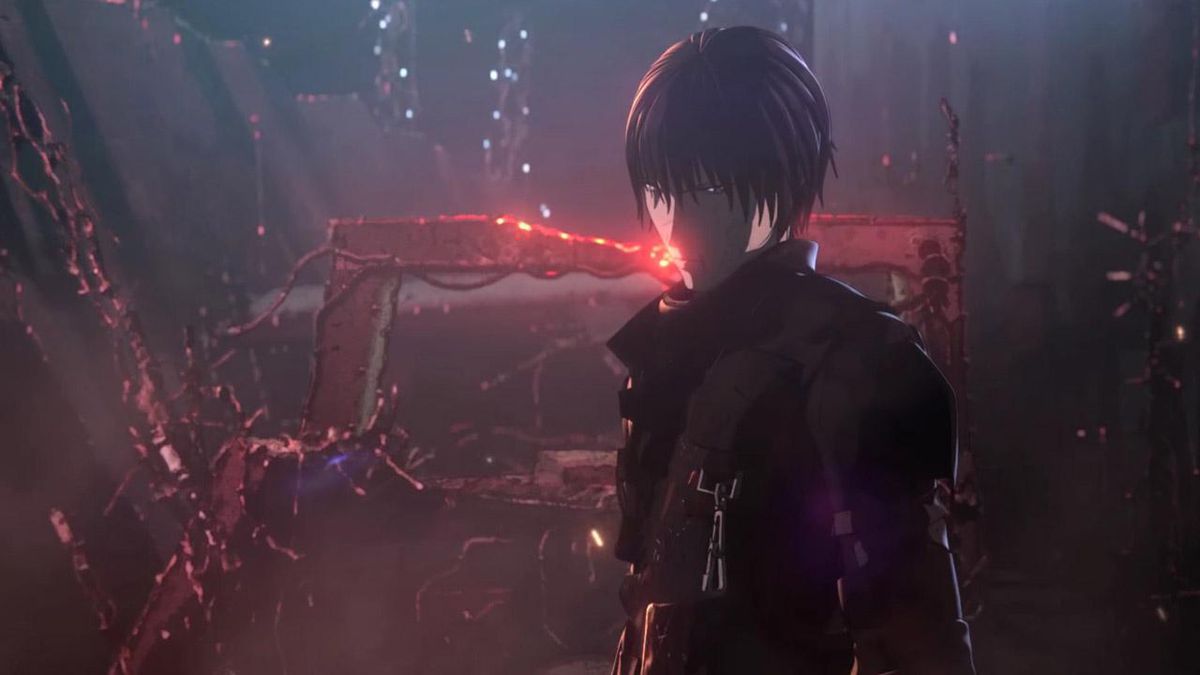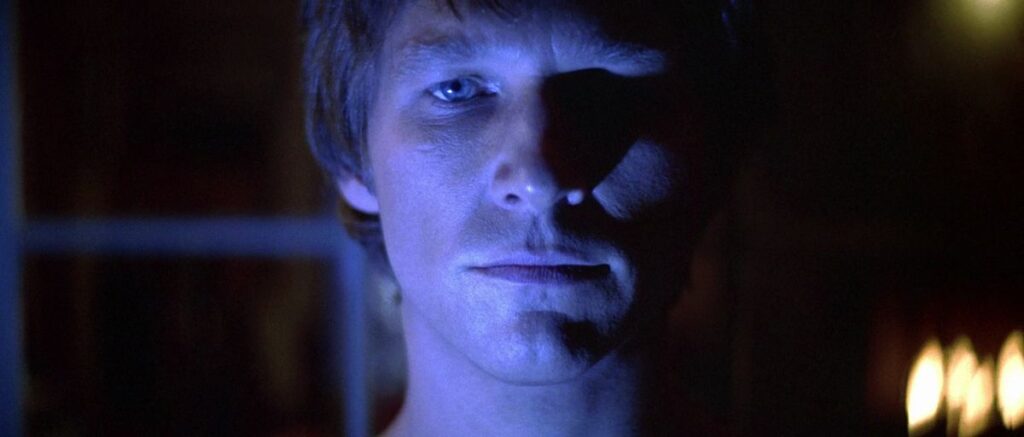Greetings, Polygon readers!
This weekend sees the release of not one, but two sci-fi epics in the form of Dune: Part Two and Rebel Moon Part Two: The Scargiver on VOD and streaming. If neither of those strikes your fancy, don’t worry; we’ve once again descended into the backlog of Netflix’s streaming library to bring you a trio of the best sci-fi movies to watch in April.
This month’s picks include John Carpenter’s 1984 sci-fi body-horror romance starring Jeff Bridges, an underrated post-apocalyptic blockbuster about mobile city fortresses duking it out for resources, and an anime adaptation of a cult-classic cyberpunk manga.
Let’s take a look at what this month has to offer!
Editor’s pick: Starman
Image: Sony Pictures Home Entertainment
Director: John Carpenter
Cast: Jeff Bridges, Karen Allen, Charles Martin Smith
The pitch “John Carpenter’s version of Close Encounters” conjures a far different image for fans of the Halloween director than what his 1984 film Starman turned out to be. The film kicks off with a sleek spaceship descending upon Earth in a frame not too far off from the opening of The Thing. There’s even a bit of body horror: When the alien creeps into the home of the recently widowed Jenny (Karen Allen), the entity uses bits of DNA of her deceased husband to recast his corporeal self — growing from baby to toddler to teen to adult Jeff Bridges in mere seconds. It’s sick! Then Carpenter gets all mushy in his most romantic film to date.
Starman is a sci-fi film through and through — the alien visits our planet after intercepting Voyager 2’s golden disc, and its arrival sparks a classic Spielbergian cat-and-mouse game between bumbling feds and the on-the-lam ET — but in having the alien assume the form of Jenny’s dead husband, Carpenter burrows deeper into human mortality than these screen stories tend to go. Allen, spiraling in an impossible situation, and Bridges, mixing his alien’s hyperintelligence with childlike wonder, have the chemistry to make a silly story sing. Jenny knows the man in her passenger seat isn’t her husband, but he is a second chance. Carpenter mines the dreamlike premise for all the sap, leaning on Jack Nitzsche’s unforgettable score to swell at just the right moments. Starman is pure Hollywood romance, and proof that boxing a director into one genre is the quickest way to limit greatness. —Matt Patches
Mortal Engines

Image: Universal Pictures Home Entertainment
Director: Christian Rivers
Cast: Hera Hilmar, Robert Sheehan, Hugo Weaving
An underrated post-apocalyptic blockbuster from many of the people who made the Lord of the Rings movies, Mortal Engines was a box-office bomb but deserved much better. Set in a future where cities are mobile and big cities hunt smaller ones, the story follows a young assassin (Hera Hilmar) who seeks to take out a power-hungry leader (Hugo Weaving). Along the way, she finds allies (Jihae) and maybe even a bit of love (Robert Sheehan).
But the characters or narrative aren’t Mortal Engines’ main selling point (although Weaving does fully and delightfully commit to an over-the-top villainous performance). Instead, it’s the fantastic production design and creative world-building that make Mortal Engines feel like a breath of fresh air in the sequel/prequel/remake-heavy sci-fi blockbuster landscape. Now that it’s newly on Netflix, check out one of the 2010s’ most undeserved flops. —Pete Volk
Blame!

Image: Polygon Pictures/Netflix
Director: Hiroyuki Seshita
Cast: Takahiro Sakurai, Kana Hanazawa, Sora Amamiya
Alongside the likes of H.R. Giger and Shinya Tsukamoto, Tsutomu Nihei is one of the most prolific artists associated with the subgenre of posthuman science fiction, emphasizing horrific man-machine hybrids and massive, desolate worlds set in the far future.
Nihei’s 1997 manga Blame! is inarguably his magnum opus — a post-apocalyptic cyberpunk saga about a mysterious warrior known as “Killy” wandering the metallic wastelands of an Earth overrun by a techno-organic virus. Adapted into a feature-length anime by director Hiroyuki Seshita (Knights of Sidonia), Blame! streamlines the manga’s story into a single adventure in Killy’s quest to find a means of undoing the virus that has reshaped the world and endangered humanity’s last remaining descendents.
While the film loses some of the evocative, wordless melancholy of the manga in its translation from page to screen, it lacks none of the scale and depth of its world-building and vistas. The action is punishing and electrifying, as Killy contends with monstrous killer androids and a ruthless antagonist hellbent on killing as many impure humans (i.e., everyone) as possible. Blame! is a worthy adaptation of the source material, as well as a worthwhile watch for anyone who considers themself a fan of dark sci-fi animation. —Toussaint Egan

